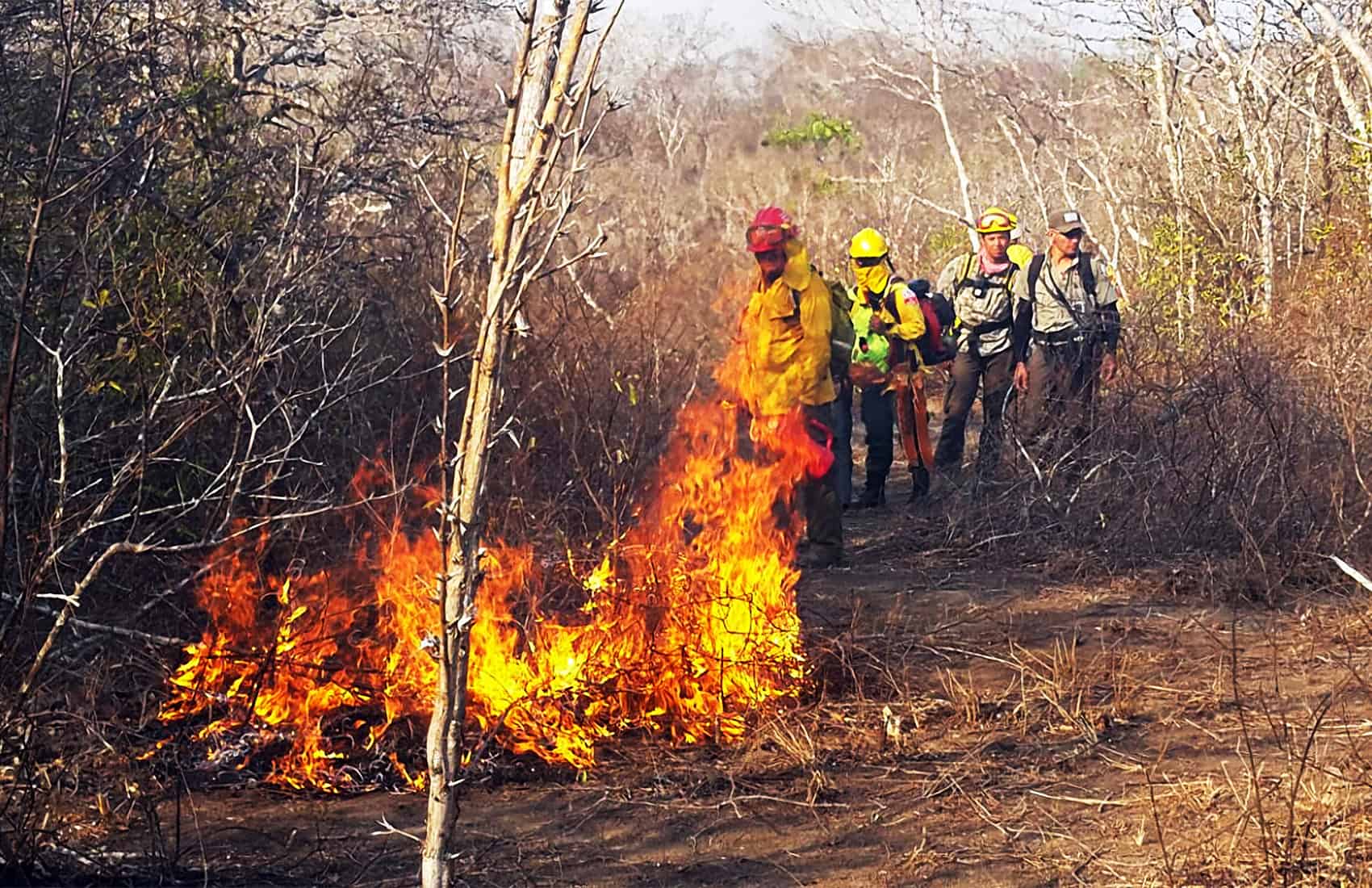Over the next several months, Costa Rica’s firefighters will remain in a state of alert.
Beginning Thursday, authorities from the country’s National System of Conservation Areas (SINAC) and the Environment and Energy Ministry (MINAE) are implementing their strategy to mitigate wildfires during the ongoing dry season.
The organizations will rely on 950 firefighters — the majority of them volunteers — in an effort to protect Costa Rica from uncontrolled fires.
“For the current season, there are 618 volunteer forest firefighters of whom 165 are women, who are willing to support in the work of prevention and control of forest fires, as well as seven reinforcement brigades for a period of three months and more than 250 SINAC field officials, which will allow an expedited mobilization to any point of the national territory where its intervention is required,” detailed Grettel Vega Arce, SINAC’s executive director.
March and April are typically the most vulnerable months, and Costa Rican authorities will target high-risk communities with a “Summer Without Forest Fires” campaign. Among its messages are reminders that farmers must receive authorization before conducting controlled burns on agricultural land; that it is forbidden to start fires in protected wildlife areas; and that the public should avoid lighting fires in the presence of strong winds.
In 2019, more than 2,500 hectares of land within Costa Rica’s protected wildlife areas were impacted by forest fires, an increase of 995 hectares over the prior dry season.
During the 2019 dry season, Guanacaste was by far the province most impacted by forest fires, with the cantons of Santa Cruz, Carrillo, La Cruz and Nicoya receiving the highest impact.
- Santa Cruz, Guanacaste (21,050 hectares)
- Carrillo, Guanacaste (8,078 hectares)
- La Cruz, Guanacaste (5,373 hectares)
- Nicoya, Guanacaste (3,794 hectares)
- Buenos Aires, Puntarenas (2,669 hectares)
- Liberia, Guanacaste (2,498 hectares)
- Paquera, Lepanto and Cobano districts of Puntarenas (1,914 hectares)
- Bagaces, Guanacaste (1,700 hectares)
- Los Chiles, Alajuela (1,618 hectares
- Nandayure, Guanacaste (680 hectares)
- Osa, Puntarenas (415 hectares)
In Nosara, Guanacaste, last March, the volunteer Bomberos de Nosara provided a critical line of defense against a forest fire that threatened the beach community. The Bomberos de Nosara say they have responded to nine calls regarding unsupervised fires within the last week alone.
While Costa Rica has generally performed well to prevent uncontrolled wildfires, Costa Rican authorities warn the changing climate could make the job more difficult.
“The country will have more critical seasons each year due to the effects of climate change, which is modifying the structure and conditions of desiccation of vegetation,” a SINAC-MINAE statement reads.






